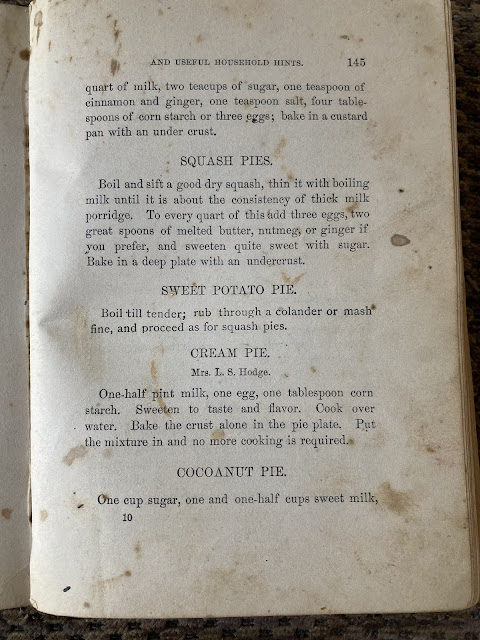This just looked good, even after the bad translation. I hope to try it, soon, & find out.
Schuedi nach Grossmutters Rezept
für eine ∅ 28-30 cm Backform
Zubereitung:
Hefe in 3 Esslöffel Milch auflösen und beiseite stellen.
Restliche Milch, Butter und Zucker erhitzen, bis die Butter geschmolzen ist. Auf mindestens 38°C abkühlen lassen, sonst sterben die Hefekulturen ab.
Mehl in die Rührschüssel der Küchenmaschine geben. Milchmischung hinzugeben, sowie Ei und aufgelöste Hefe. Alles 4 Minuten auf Stufe 1 (von 4) kneten. Salz hinzugeben und auf Stufe 2 weitere 8 Minuten kneten. Zugedeckt 40 Minuten ruhen lassen.
Eine passende Tarte- oder Backform buttern und mehlieren.
Den Teig kurz entgasen, rund formen und mit den Händen in die Form drücken. Zugedeckt ca. 30-40 Minuten gehen lassen.
Backofen rechtzeitig auf 180°C Ober-/Unterhitze vorheizen.
Mit dem Daumen mehrere Vertiefungen in den Kuchen drücken und Stückchen von der weichen Butter hineinstopfen. Dabei auch etwas Butter über die gesamte Oberfläche streichen. Dick mit Zucker bestreuen.
Ca. 20 Minuten backen bis er die gewünschte Bräune hat.
Schmeckt frisch am besten, ist aber auch noch 2 Tage später geniessbar.
Zutaten für den Teig (wenn möglich zimmertemperiert):
350 g Mehl Type 550
160 g Milch
20 g Frischhefe
50 g Butter
30 g Rohrohrzucker
1 Ei
1 Teelöffel Salz
für den Belag:
+/- 80 g weiche Butter
4-5 Esslöffel Rohrohrzucker
..........................
Schuedi according to's recipe
For an ∅ 28-30 cm baking form
Preparation:
Dissolve yeast in 3 tablespoons of milk and set aside.
Heat the remaining milk, butter and sugar until the butter has melted. Allow to cool at least 38 °c, otherwise the yeast crops will die.
Put flour in the mixing bowl of the food processor. Add milk mixture, as well as egg and dissolved yeast. Knead all 4 minutes to Level 1 (of 4). Add salt and knead at level 2 for another 8 minutes. Leave to rest for 40 minutes.
Butter and flour a suitable tart or baking form.
Briefly degas the dough, round shapes and press the hands into the mould. Covered about 30-40 minutes.
Preheat the oven in time to 180 °c upper heat.
Use your thumb to push several recesses into the cake and cram pieces of the soft butter into it. Also paint some butter over the entire surface. Sprinkle with sugar.
Bake for about 20 minutes until it has the desired tan.
Tastes fresh at its best, but can also be enjoyed 2 days later.
Ingredients for the dough (if possible room tempered):
350 g flour Type 550
160 g milk
20 g fresh yeast
50 g butter
30 g Cane
1 egg
1 teaspoon of salt
For the topping:
+/-80 g soft butter
4-5 tablespoons cane


























